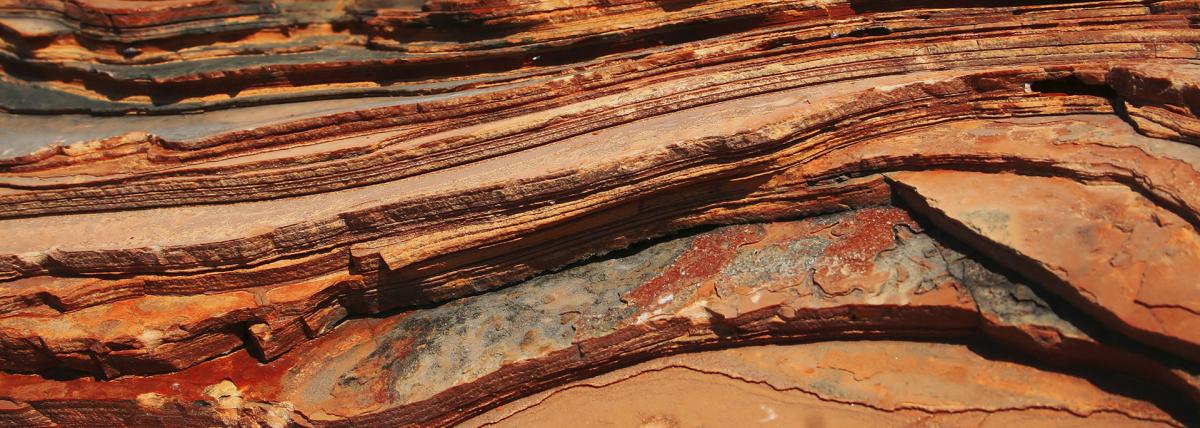
In this lesson, teams of 3-4 students will design and create scale models of four landforms that they chose. This lesson takes place in a classroom for 60 minutes, with an emphasis on the target

In this lesson, teams of 3-4 students will design and create scale models of four landforms that they chose. This lesson takes place in a classroom for 60 minutes, with an emphasis on the target
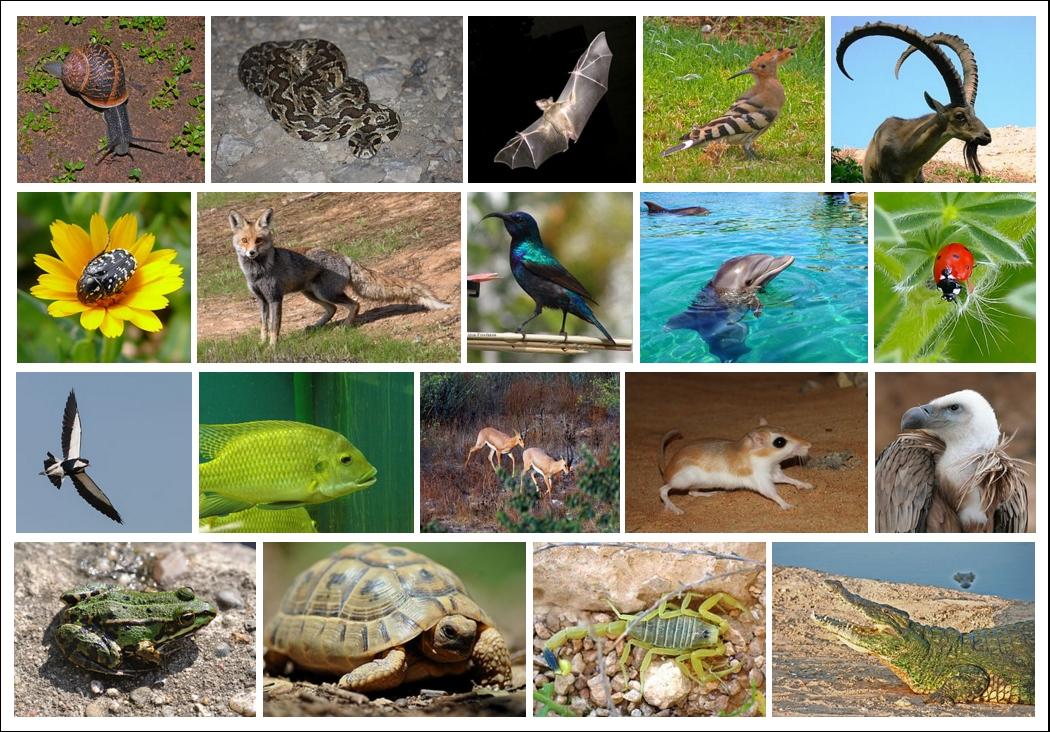
This lesson takes this classic story and opens a door to the science that is hidden in what is happening in the environment. Students will dive into what a lion is, and their ecosystem. Art is also
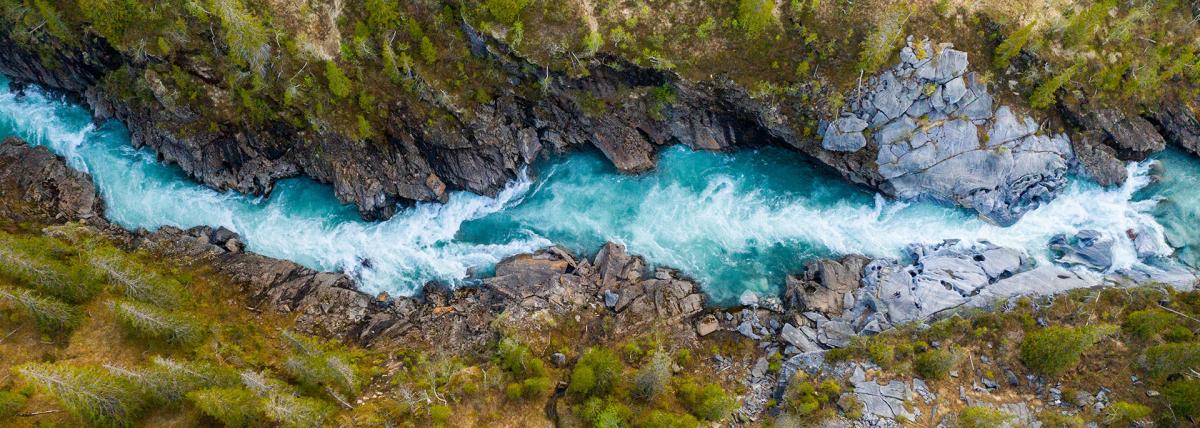
In this challenge students will use various materials to build a flood barrier that will protect their home during a flash flood.
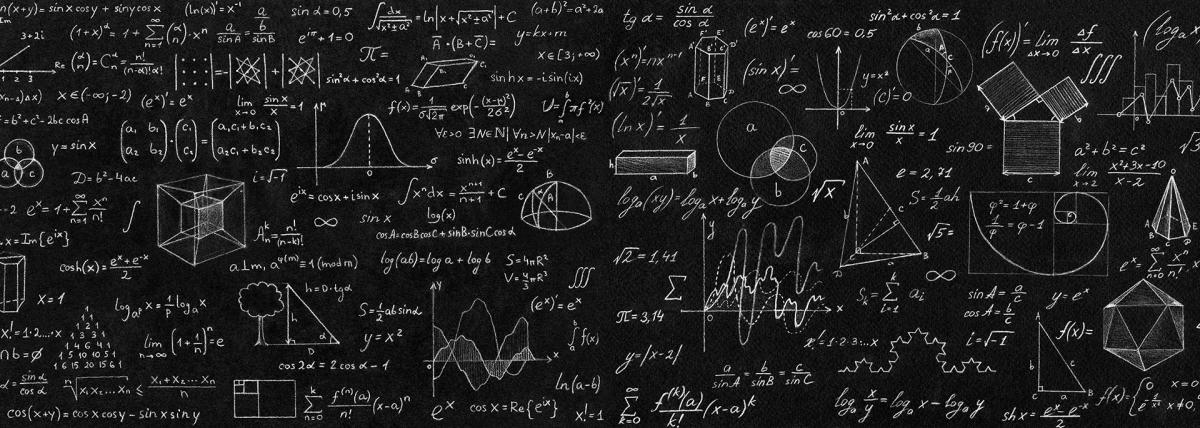
This lesson is for a multi-day project where student groups will plan, design, and build roller coasters out of paper and tape. It tests their knowledge of Physics and Engineering Design.
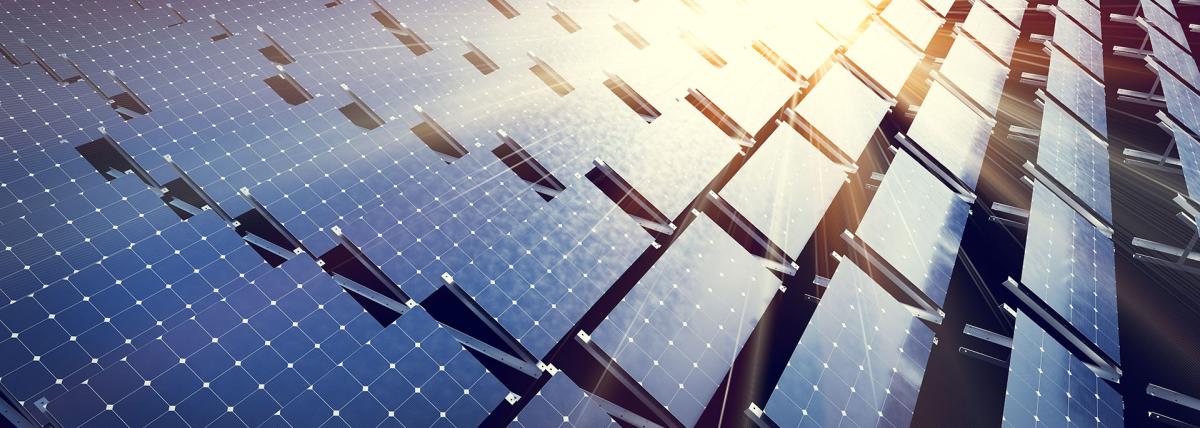
This lesson is a 7th-grade STEM lesson with Arizona science standards. Students will be exposed to different forms of energy with sustainability concepts built into the lesson. Encourages students to
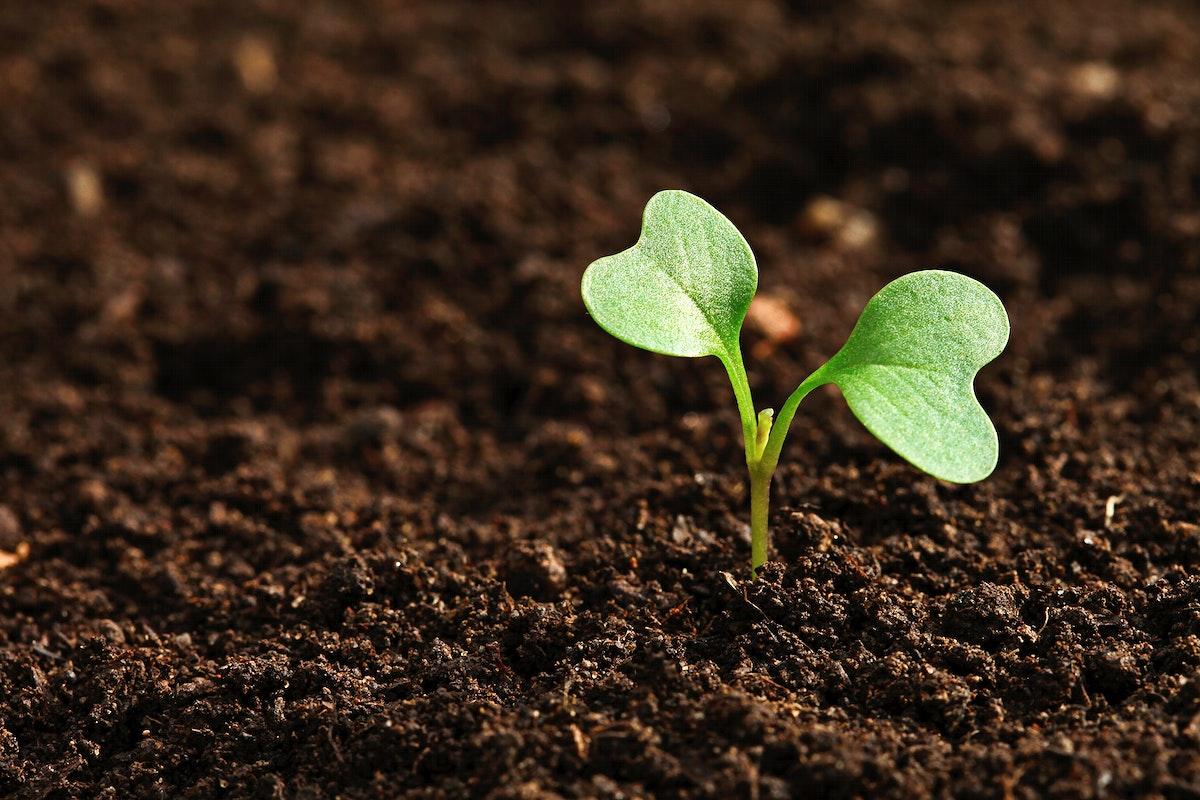
This design challenge was open for any interested students from grades 9-12. Students met afterschool over the course of the second semester. This is the 4th sequence of lessons in a set of 4. This
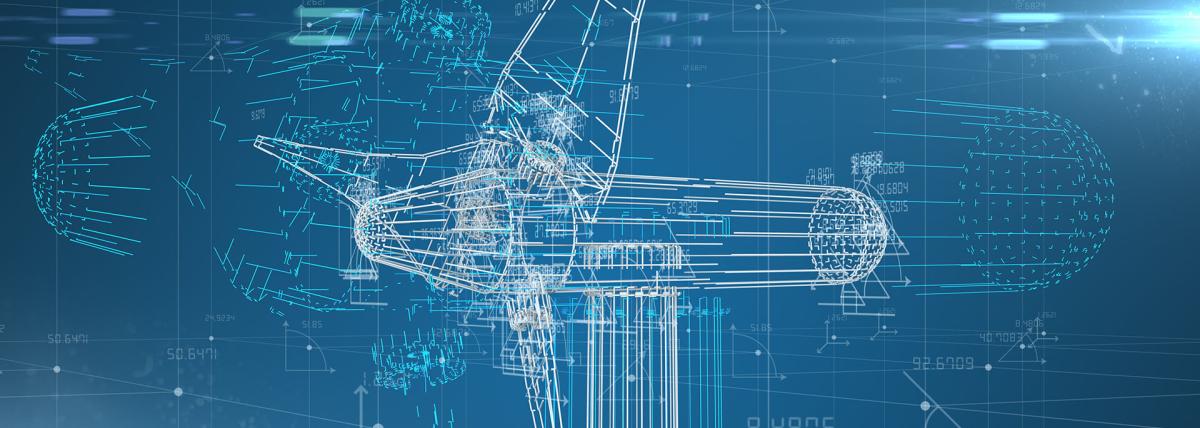
Students will learn about the history of the Ferris wheel while engineering their own out of Popsicle sticks. Students may work individually to create their own spinning ferris wheel An emphasis on
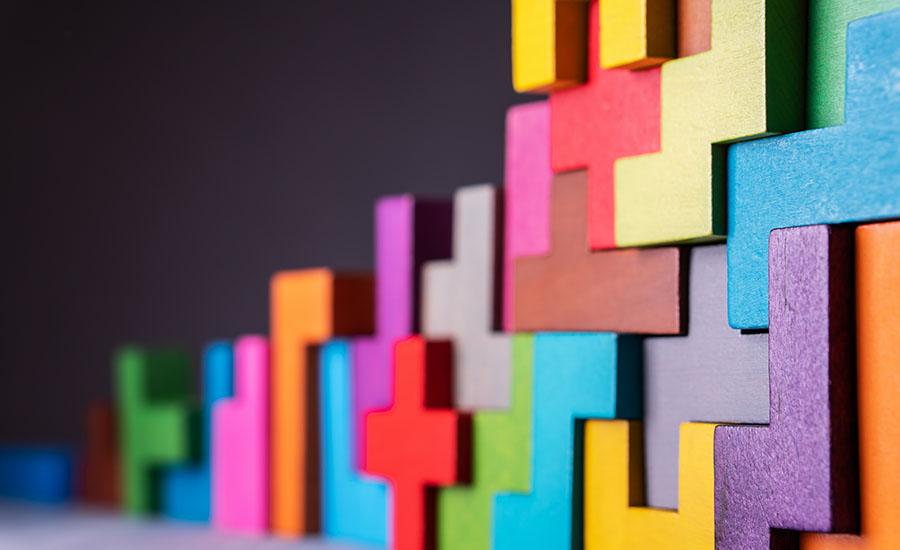
What is a geometric shape? Observe and discuss a variety of geometric shapes. Similar/different? Mathematical geometry vocabulary/activities with shapes Engineering a geometric playground Share or

Students will learn lots of information about the rainforest featuring the different layers, the animals, birds, plants, and other important concepts. Students will then use this information and